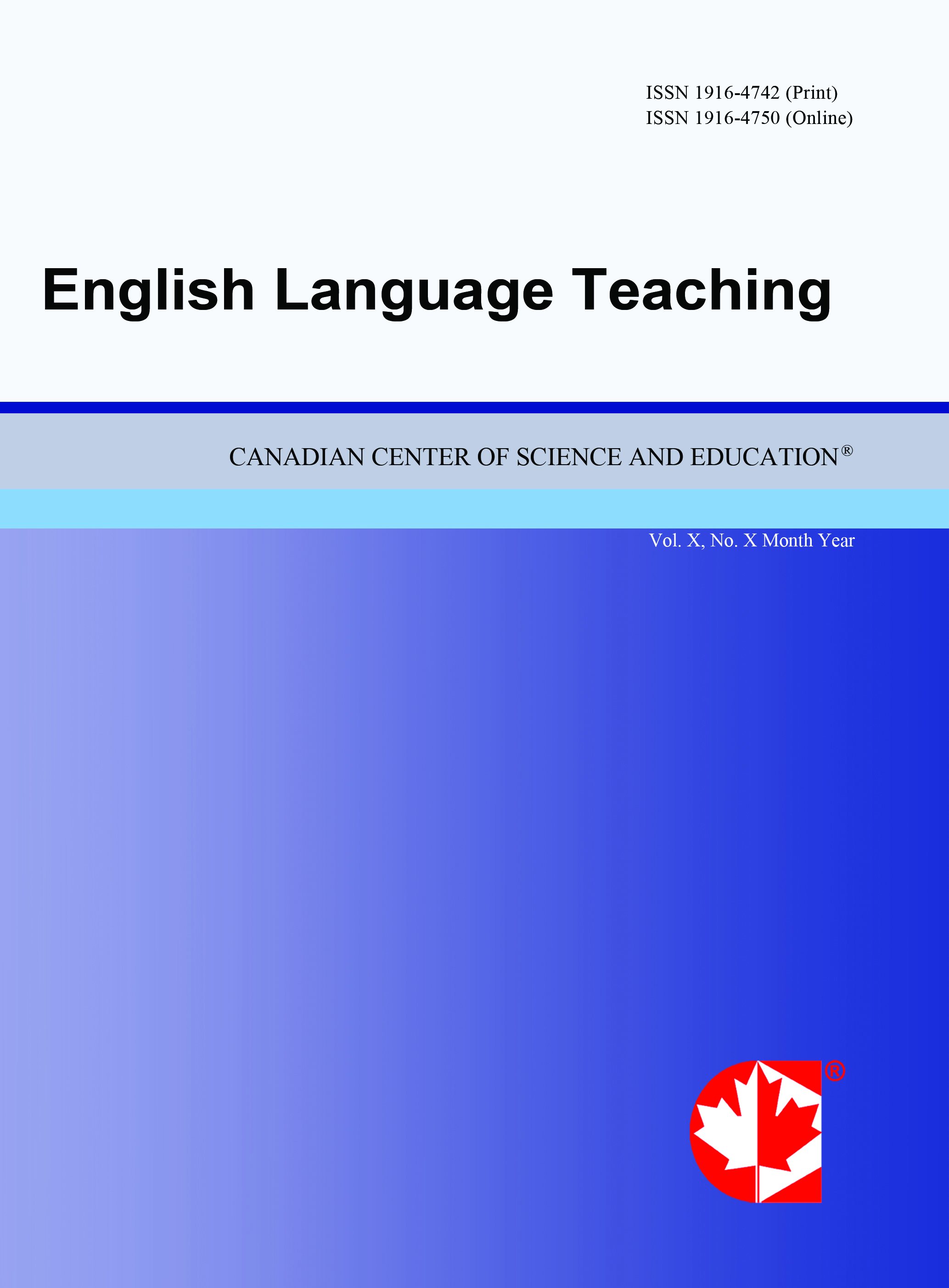Integrating Reading and Technology: The Development of Pamanpintermu
- Yudhi Arifani
- Harunur Rosyid
Abstract
Reading as one of English skills has paramount features in shaping EFL English competence. Referring to the importance for reading, it is inevitable that teaching method, assessments tools, reading material and activities have indispensable tasks to attain EFL learners’ reading objectives. This study is intended to develop integrated reading material using PHP software. It is designed to react toward the vast development of technology and to reach the attainment of more comprehensive reading objectives in accordance with International Reading Association’s views which is not achieved yet in today’s EFL teaching context. The study utilizes five phases Research and Development model covering need analysis, design, development, Focus Group Discussion and Try out. The development invented 10 units of reading material within Pamanpintermu’s program containing audio vocabulary survey, timed reading, audio reading, comprehension task, writing sections and its integrated auto assessment devices in every unit. The results from FGD and try out revealed that the theoretical foundation and syntax were categorized into high as it reached the average score of 3.7. In addition, content relevance achieved the average score of 3.9 as high and difficulty level reached 2.3 as medium. Meanwhile, the category of integrated reading skills and auto scoring obtained 3.6 and 3.8 and both categories belonged to high level. The last point, software practicality achieved 3.5 is very high as it is also applicable for teacher made reading material automatically through modifying the reading text, audio, exercises and score thoroughly. Toward overall astonishing prototype Pamanpintermu, it remains one problematic point on the error reading detector section which cannot detect users’ errors reading automatically as it requires intensive investigation from different background field of studies.
- Full Text:
 PDF
PDF
- DOI:10.5539/elt.v9n11p13
Journal Metrics
1. Citations (February 2025): 97751
2. h-index (February 2025): 132
3. i10-index (February 2025): 1695
For details about the Journal Metrics, please visit the Google Scholar website.
Index
- Academic Journals Database
- CNKI Scholar
- Educational Research Abstracts
- Elektronische Zeitschriftenbibliothek (EZB)
- EuroPub Database
- Excellence in Research for Australia (ERA)
- GETIT@YALE (Yale University Library)
- Harvard Library E-Journals
- IBZ Online
- INDEX ISLAMICUS
- JournalSeek
- JournalTOCs
- LearnTechLib
- Linguistics Abstracts Online
- LOCKSS
- MIAR
- MLA International Bibliography
- NewJour
- Open J-Gate
- PKP Open Archives Harvester
- Publons
- ResearchGate
- ROAD
- SHERPA/RoMEO
- Standard Periodical Directory
- Technische Informationsbibliothek (TIB)
- The Keepers Registry
- Ulrich's
- Universe Digital Library
Contact
- Gavin YuEditorial Assistant
- elt@ccsenet.org
